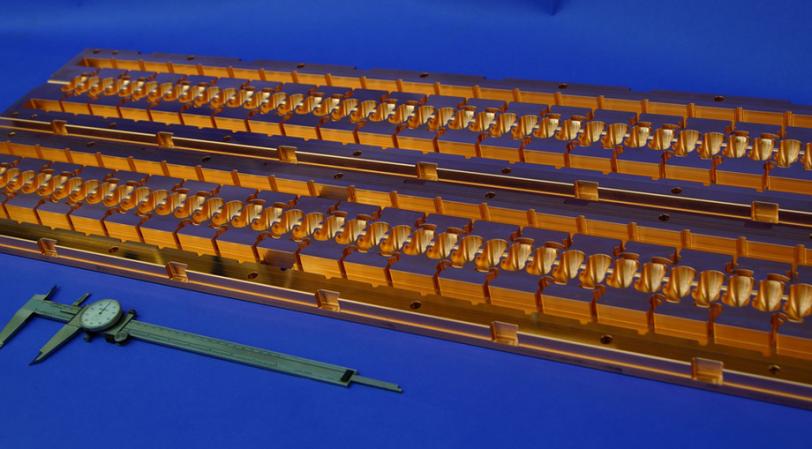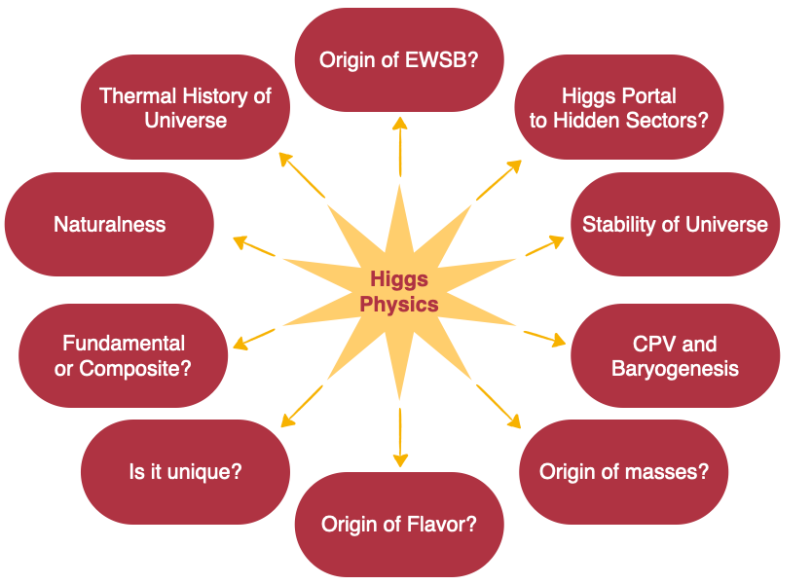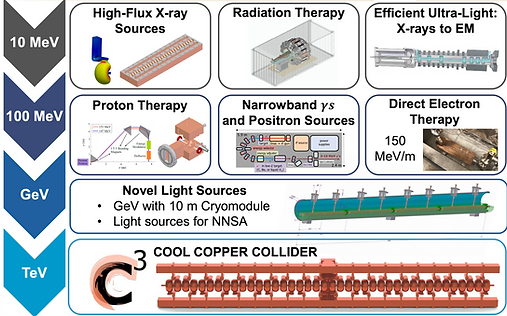About
The C3 design is a linear collider that is uniquely efficient and cost-effective
The primary obstacle preventing the construction of a next-generation particle accelerator is the cost of a new project. The Cool Copper Collider is based on two features: an accelerator structure with a separate feed to each cavity permitting the iris to be optimized for gradient and breakdown; and a structure that operates in liquid nitrogen, causing the Cu (or Cu alloy) conductivity to increase and reduce the Radio-Frequency (RF) power requirements by about a factor of 2.5x. This RF technology allows for an efficient, 'clean,' and economical high energy linear collider.

The Higgs boson and its connections to the unknown
Over the past decade the LHC has fundamentally changed the landscape of high energy particle physics through the discovery of the Higgs boson and the first measurements of many of its properties. As a result of this, and no other “discoveries” at the LHC, the questions surrounding the Higgs have only become sharper and more pressing for planning the future of particle physics.
The Higgs boson is central to unraveling mysteries crucial for understanding fundamental particles and interactions beyond the Standard Model. Examples include the nature of dark matter, a significant portion of the universe's mass, and the matter-antimatter asymmetry, which led to the prevalence of matter in our universe. Exploring the Higgs boson's properties provides insights into these enigmatic phenomena.
The fact that understanding the properties of the Higgs boson connects to so many fundamental questions illustrates how central it is to the HEP program. The full information that we need is only available at high energy by studying the Higgs.
Is Higgs boson is a unique scalar field in our universe, or is it just the first of many? This can manifest itself as exotic Higgs decays, invisible Higgs decays, and shifts in the Higgs total width. Depending on the form of the Higgs potential, it has implications for Baryogenesis and it controls the future of our universe as our vacuum may only be metastable.

About The Project
Beginning at SLAC National Laboratory, the Cool Copper Collider is a concept for the next high-energy TeV collider. Our design studies represent the first comprehensive investigation for an emerging class of distributed coupling accelerator topologies developed at SLAC exploring cavity geometries, frequency and temperature of operation.


